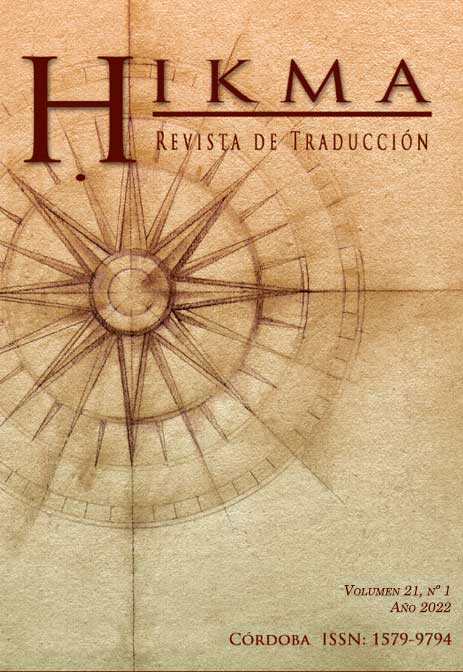Back-self-translation of the self-translated text: Ambulancia y Calzados Lola, by Suso de Toro
Main Article Content
Abstract
Suso de Toro is one of the best known current Galician authors. He himself was in charge of translating some of his works into Spanish, sometimes after the Galician text had appeared and others almost at the same time as it. Among the characteristics of Suso de Toro as a self-translator, his tendency to recreate the source text both macro textual and micro textual stands out, in the latter case using additions, deletions and permutations, in addition to not avoiding diegetic or fictional changes in the self-translated text. Subsequently, Suso de Toro transfers some of these modifications to a new edition of the work in Galician from the Spanish version. The main objective of this article is to delimit the concept of «back-self-translation of the self-translated text», which is intended to describe the author's elaboration of a new version in the first language with support from the text translated by him into the second language. This intervention, which is not exceptional in self-translating practice, is illustrated with the analysis of two romances by Suso de Toro, Ambulancia and Calzados Lola, written in Galician, self-translated into Spanish and back-self-translated into Galician.
Downloads
Article Details

This work is licensed under a Creative Commons Attribution-NonCommercial-ShareAlike 4.0 International License.
Authors who publish with this journal agree to the following terms:
1. Authors retain copyright and grant the journal right of first publication with the work simultaneously licensed under a Creative Commons Attribution License that allows others to share the work with an acknowledgement of the work's authorship and initial publication in this journal.
2. Authors are able to enter into separate, additional contractual arrangements for the non-exclusive distribution of the journal's published version of the work (e.g., post it to an institutional repository or publish it in a book), with an acknowledgement of its initial publication in this journal.
3. Authors are permitted and encouraged to post their work online (e.g., in institutional repositories or on their website) prior to and during the submission process, as it can lead to productive exchanges, as well as earlier and greater citation of published work (See The Effect of Open Access).

